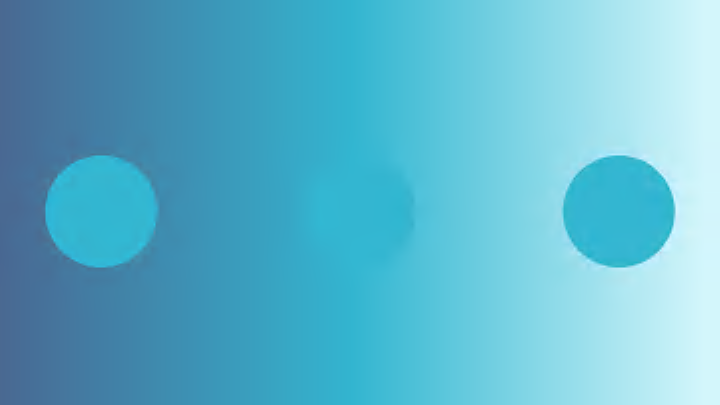Even if you have perfect vision, you can't always trust your eyes. The image above created by Lenstore illustrates this. The circle on the left appears to be a lighter shade of blue than the circle on the right, but if you lay the shapes side-by-side on a solid white background as seen below, you can see that they're the same color. This is an example of the saturation optical illusion, and it shows the subjective way our brains perceive color.
The lighting and background of an object influence how we see it. If a blue ball is placed on a surface that's a lighter shade of blue, the contrast will makes us process the ball as a darker shade than we would otherwise. The opposite is true if the ball is set against a darker blue background that makes it look pale in comparison.

When determining an object's color, we process numerous sources of visual information at once for context clues, including the object's surroundings. This same mechanism is what allows us to see a table as white even when it's cast in shadow. But as the image above demonstrates, this sensory shortcut can be hijacked easily.
Making us see two identical shades differently is just one trick optical illusions can pull off. Some of the trippiest illusions simulate motion with static shapes, like this expanding black hole image, explained in a recent scientific study. After testing your senses with those pictures, treat yourself to more baffling optical illusions here.
